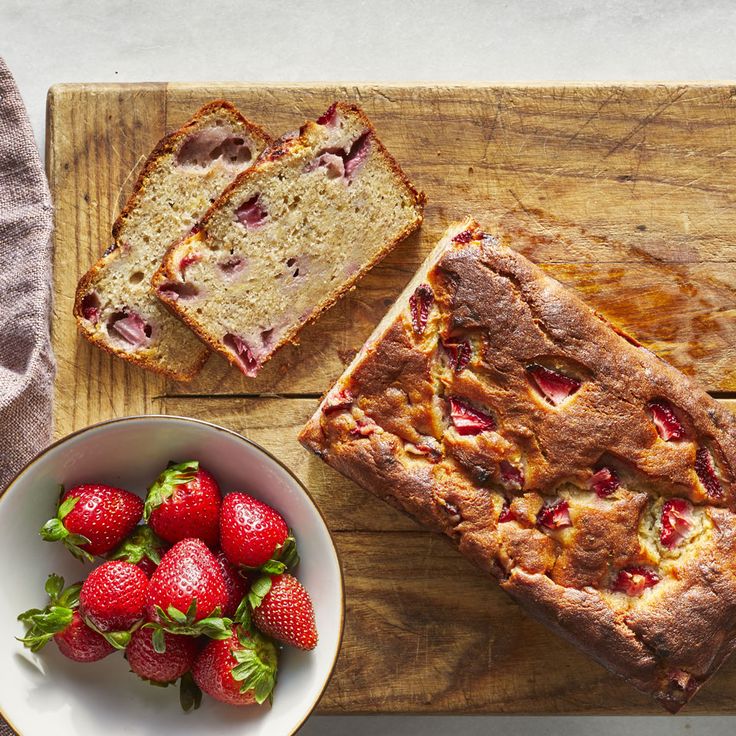Healthy Baking.
Healthy Baking: Delicious and Nutritious Recipes for a Healthier Lifestyle
Though processed foods, refined sugars, and harmful fats are often added to baking, it is an ancient habit that people all over appreciate. Healthy baking lets you enjoy sweets while prioritizing your health using wholesale, nutritious items. Whether your goal is to reduce sugar, add more whole grains, or increase fiber, healthy baking allows you to enjoy all your favorite goodies without feeling horrible about them. This article discusses critical components, advice, and easy substitutions you may utilize to create healthy baked products without compromising flavor.
What is Healthy Baking?
Concerning “healthy baking,” creating delicious delicacies from meals with great nutrients. Steer clear of or consume fewer processed meals, unhealthy fats, and additional sugar. Not less, but more whole items need to be consumed.
Besides consuming less, you should aim to cram as many nutritious items as possible into every mouthful. Making nutritious baked goods will enable you to savor delicious sweets that benefit you.
Benefits of Healthy Baking
Nuts, veggies, whole grains, and natural sweets are good fiber, vitamins, and minerals sources.
Diabetes and other long-term illnesses are less likely to happen if you eat less sugary sweets and trans fats.
Treats made with healthy foods usually have fewer calories, so eat them to help you keep the weight off.
More full: Fiber-rich foods help you control how much you eat by making you feel full for longer.
Essential Foods for Baking That Are Good for You

Good for you: When you bake, you use healthy items that make the food taste and feel better. Here are some well-known choices:
Replace white flour with oats, spelled whole wheat or oat flour.
For healthy fats, use coconut oil, avocado, nut butter, or nut butter for butter or shortening.
Honey, maple syrup, dates, or stevia can be used instead of sugar to cut down on fake sugar.
Nuts and Seeds: Almonds, walnuts, chia seeds, or flaxseeds can make the dish taste better and better for you.
You could add a scoop of protein powder to make muffins or energy bites healthier.
Healthy Baking Swaps You Need to Try
Refined Flours → Whole Grain Flours
Fiber-wise, all-purpose flour lacks the abundance seen in whole-grain flour. Alternately, try oat flour, whole wheat, or almond flour. You could benefit from all of them.
Butter → Greek Yogurt or Mashed Banana
Greek yogurt or mashed banana will let you use less butter or oil. This will provide the dish with calories and a pleasant flavor.
Sugar → Applesauce or Maple Syrup
Meals could call for natural sweeteners such as maple syrup, applesauce, and honey to add some taste and remain healthy.
Chocolate chips evolve into dark chocolate or cocoa nibs.
Less sugar and more vitamins make cocoa nibs and dark chocolate (70% or more) unique from milk chocolate.
Eggs → Flax or Chia Seeds
To make it vegan, use three tablespoons of water blended with one tablespoon of flax or chia seeds for an egg. This exchange increases your omega-3s and fiber.
Healthy Recipes for Baking

Whole Wheat Banana Bread Recipe
• Combines ripe bananas, honey, Greek yogurt, and almonds for natural sweetness and fiber.
Almond Flour Cookies
• Uses coconut oil, vanilla flavor, dark chocolate bits, and honey for protein and fiber.
Blueberry Muesli Muffins
• Uses fresh blueberries, Greek yogurt, honey, and flaxseed for oat fibers and essential vitamins.
Zucchini Brownies
• Combines grated zucchini, almond flour, dark chocolate powder, and maple syrup for protein and softening.
Apple Cinnamon Granola Bars
• Combines cinnamon, honey, rolled oats, and dried apples for a healthy snack.
Tips for Success in Healthy Baking
Baking Tips
• Carefully measure ingredients: Natural sweeteners and whole grain flours can be sensitive.
• Mix slowly: Avoid overmixing to maintain softness and fluffiness.
• Use fruits and vegetables: Mash bananas, applesauce, or chopped zucchini for wetness.
• Try different flavors: Add ginger, cinnamon, and nutmeg for flavor without extra calories.
• Warm up the oven: Start with a hot oven for proper rise and even cooking.
Conclusion
Healthy baking is one great approach to enjoying delights and fueling your body. The correct ingredients, baking methods, and replacements will turn classic sweets into health-conscious treats. Try whole grains, good fats, and natural sweeteners to design meals that meet your sweet taste without sacrificing nutrition. Try several dishes, have fun in the kitchen, and savor mouthwatering baked products that fit your dietary objectives!
FAQ about Healthy Baking
Q1: Is it possible to make gluten-free, healthy baked goods?
A: Yes! You can use almond, coconut, or oat flour instead of traditional wheat flour. Remember, these flours absorb liquid differently, so adjust the recipe as needed.
Q2: Can I bake healthy treats without eggs?
A: Absolutely! Flax or chia seeds mixed with water are great egg substitutes. Applesauce and mashed bananas can also work, adding moisture and sweetness.
Q3: How can I reduce sugar in my baked goods?
A: Cut down on sugar slowly; substitute honey, maple syrup, dates, or another healthy sweet. Without adding extra sugar, spices like cinnamon may improve the flavor of everything.
Q4: Do healthy fats work the same as butter in recipes?
A: Of course, but they experience something different. Including nutritious fats like avocado, coconut oil, or nut butter are intelligent choices.
Q5: How can I make my healthy baked goods more filling?
A: Select foods heavy in fiber, such as nuts, seeds, and whole-grain flour. Including protein powder could also help snacks seem more substantial.
Q6: Are there healthier chocolate options for baking?
Dark chocolate (70% cocoa or more) or cocoa nibs are a healthier option than milk chocolate because they contain less sugar and more antioxidants.

